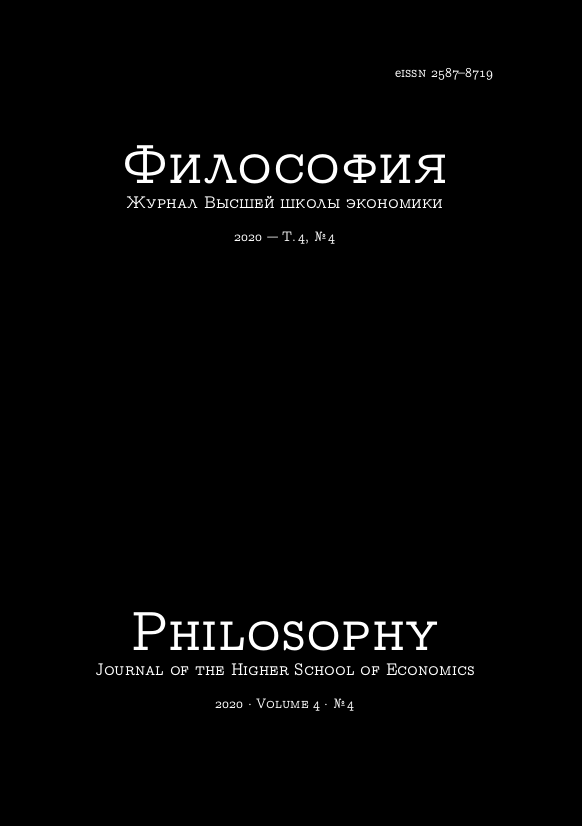How to Believe Faithfully and Firmly?
Abstract
Religious people are expected to believe in their religious creeds faithfully and firmly. How can one acquire such a belief? In order to answer that question, I propose a model for all belief-like propositional attitudes. The model differentiates, firstly, between voluntary and involuntary, and, secondly, between categorical and quantitative belief-like attitudes. The whole variety of belief-like attitudes is then reduced into two main groups. The first group combines all voluntary and categorical attitudes, and the second group combines all involuntary and quantitative attitudes. The resultant first-group attitude is called “judgment,” and the second-group attitude — “confidence.” Thus, judgment is the generic voluntary categorical propositional attitude, which can have only two values: “true” or “false.” Confidence is the generic involuntary quantitative attitude, which can have any value between “certainly false” and “certainly true.” A religious person can form the creedal judgment simply by her act of will, while her confidence depends upon the actual content of her doxastic system. However, a person can indirectly increase her confidence in the creedal statement via relevant factors that control her doxastic system. Such factors include corroboration, desirability, and ethicality of the proposition, and also its centrality and entrenchment in the doxastic system. I suggest several practical guidelines for increasing the relevant factors. I claim that the suggested model and the practical guidelines for acquiring the “faithful and firm belief” can be used not only within the religious context but can also be applied to any propositional beliefs.
Downloads
Copyright (c) 2020 Philosophy. Journal of the Higher School of Economics

This work is licensed under a Creative Commons Attribution-NonCommercial 4.0 International License.






